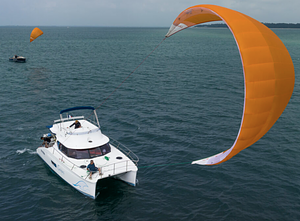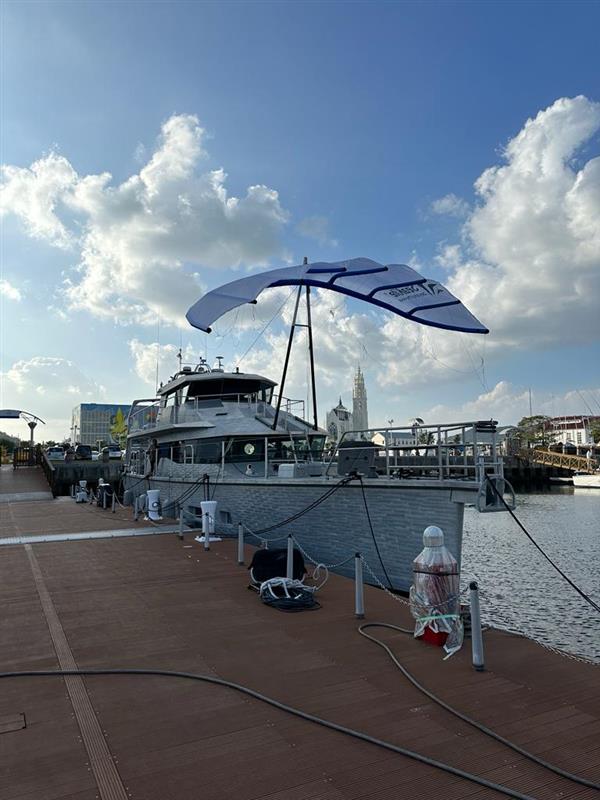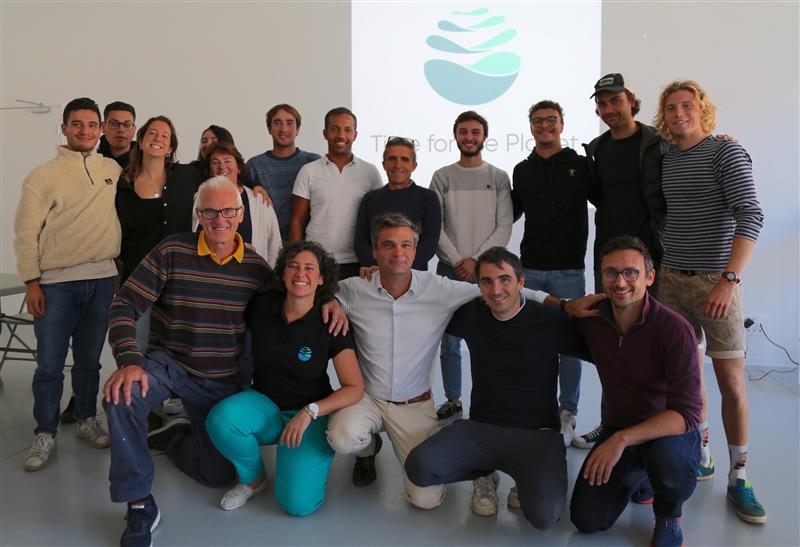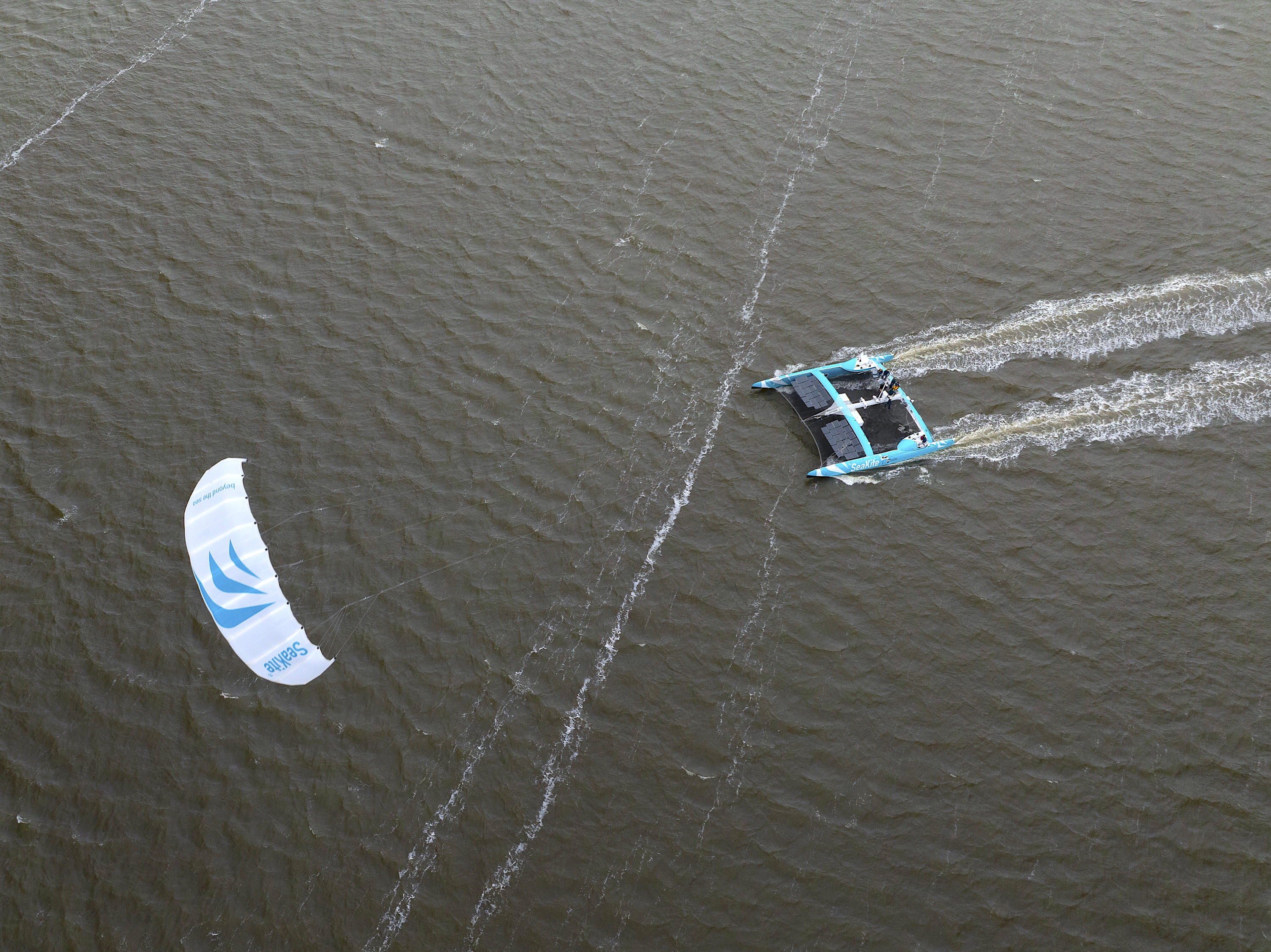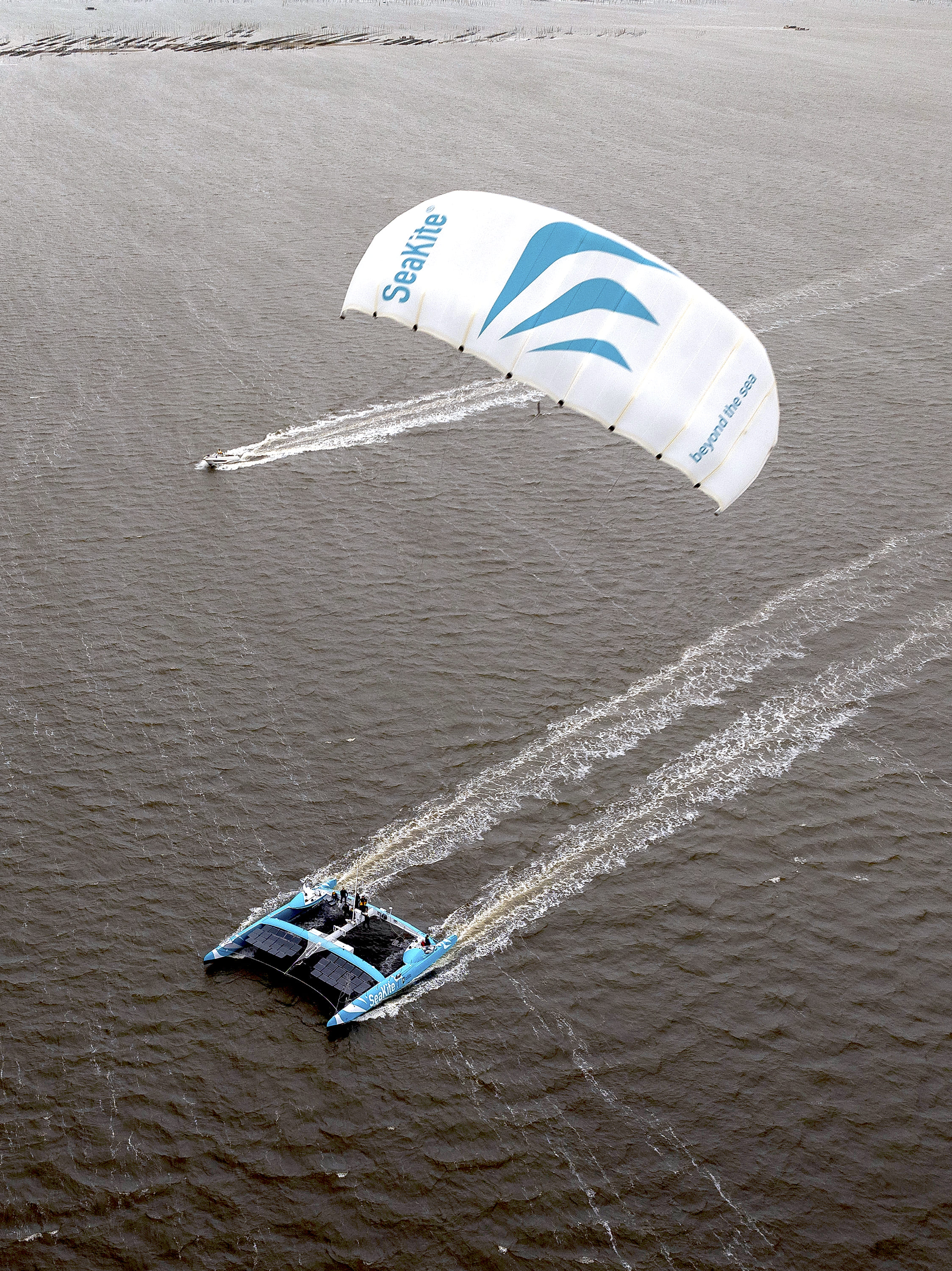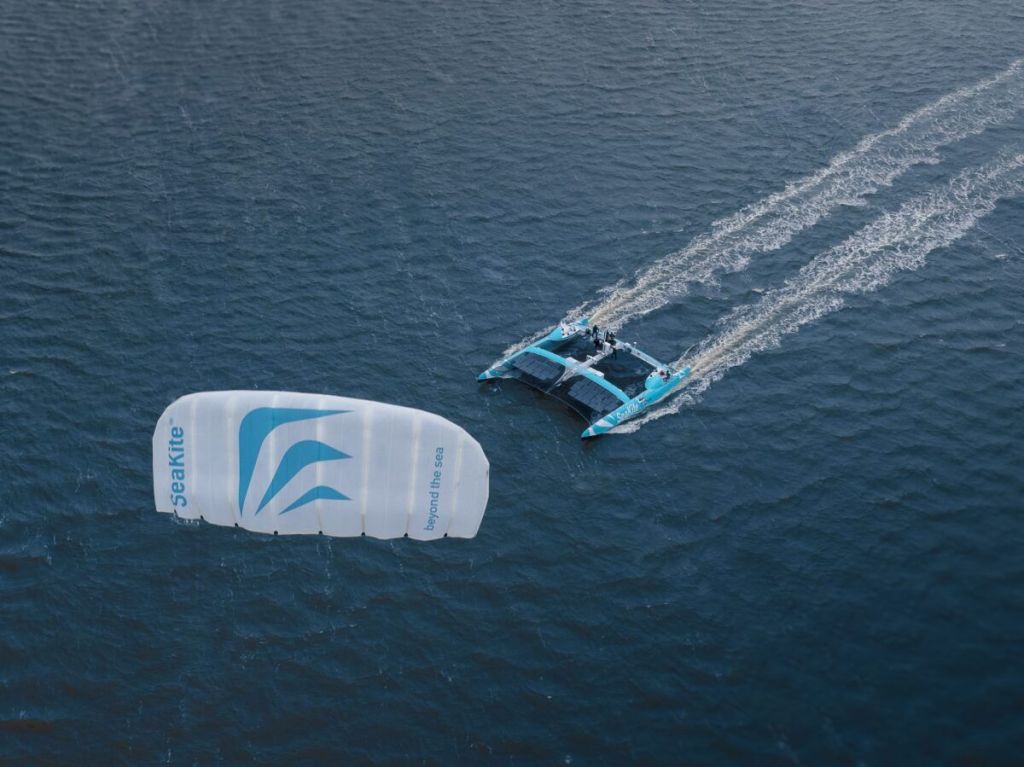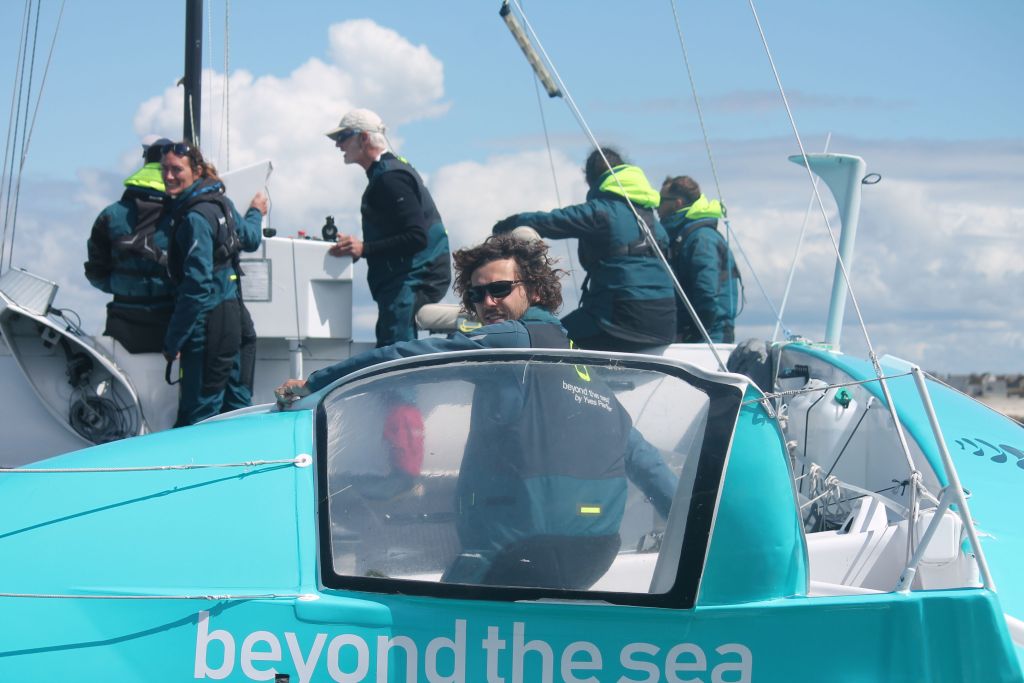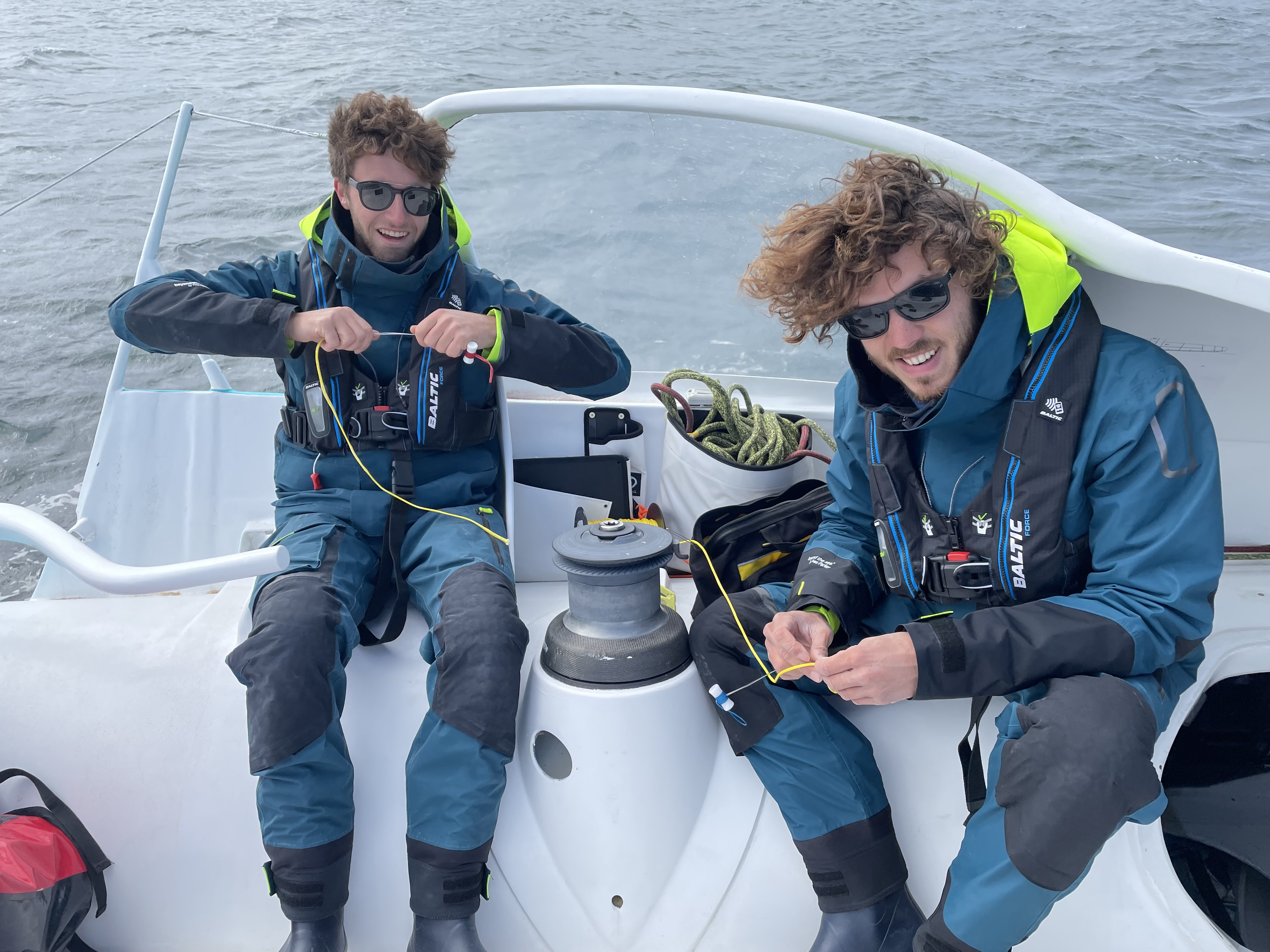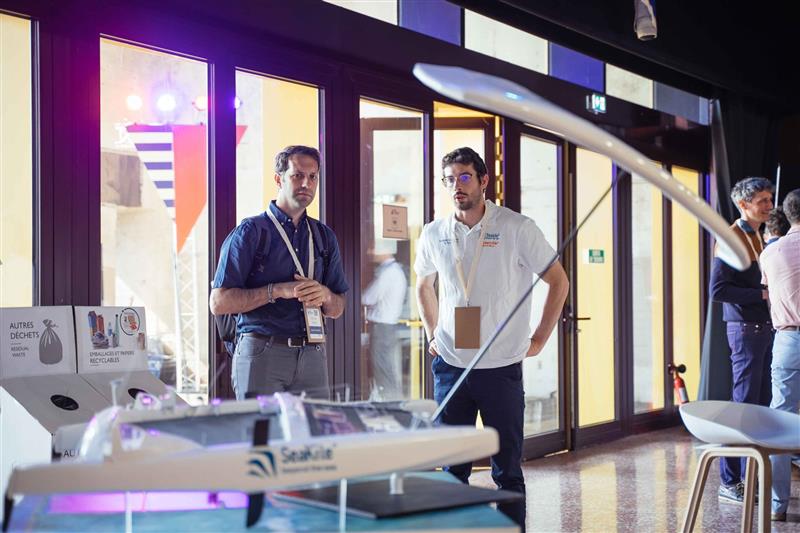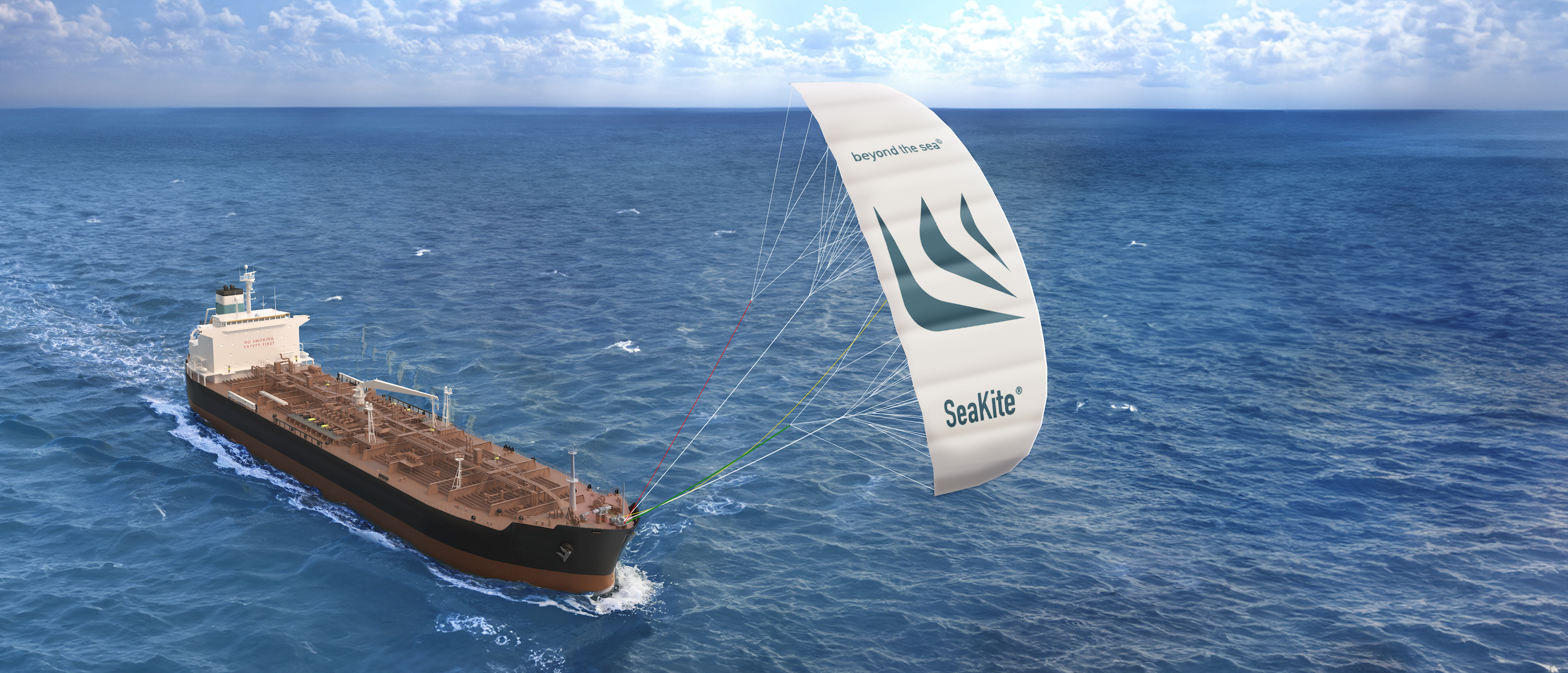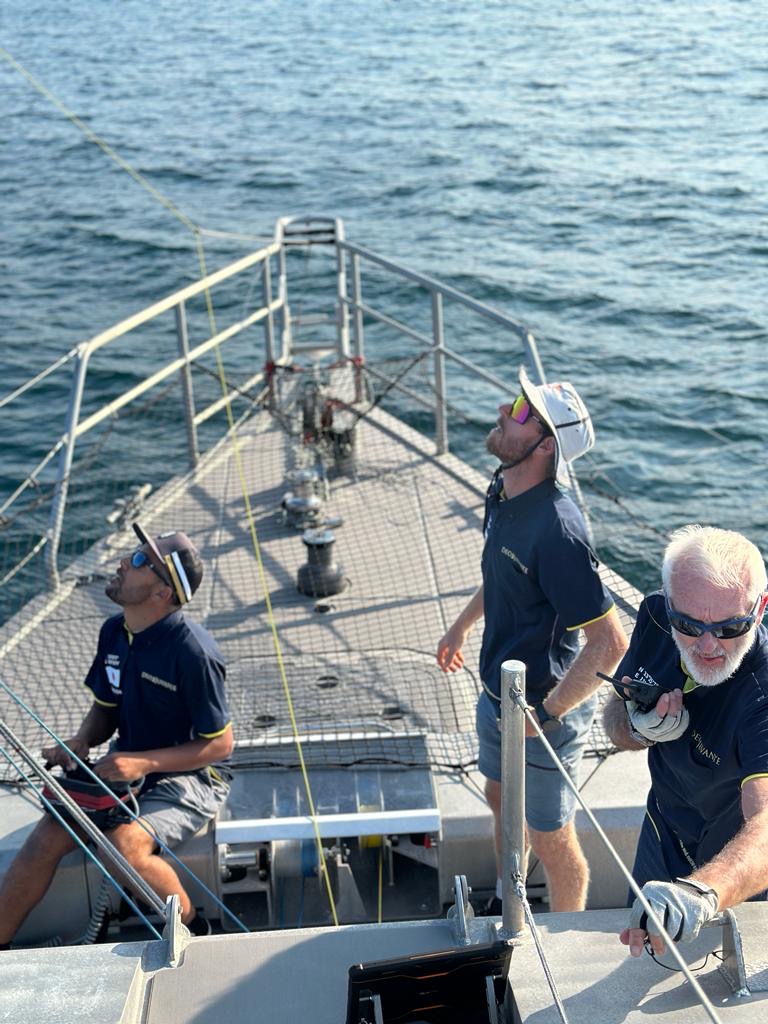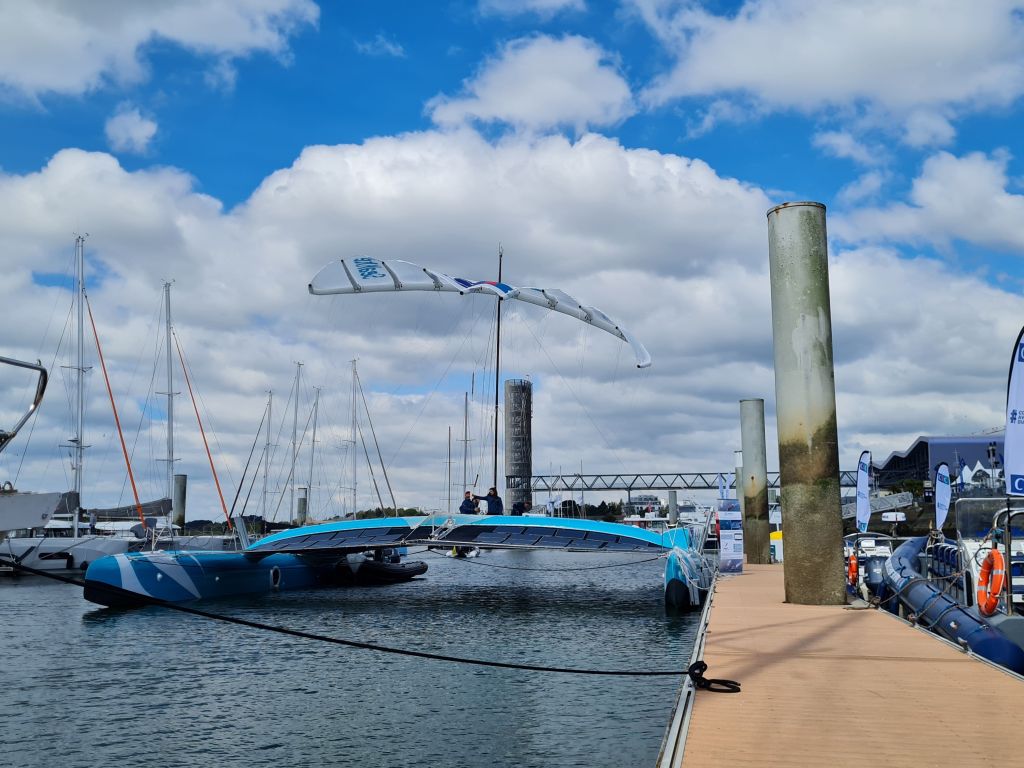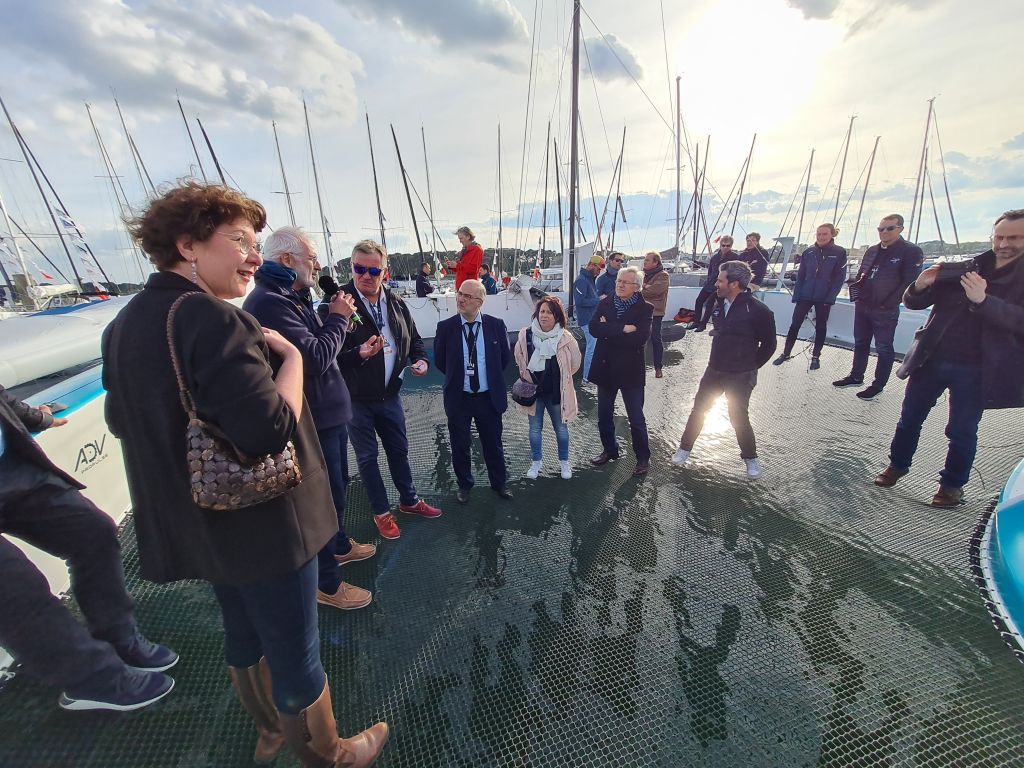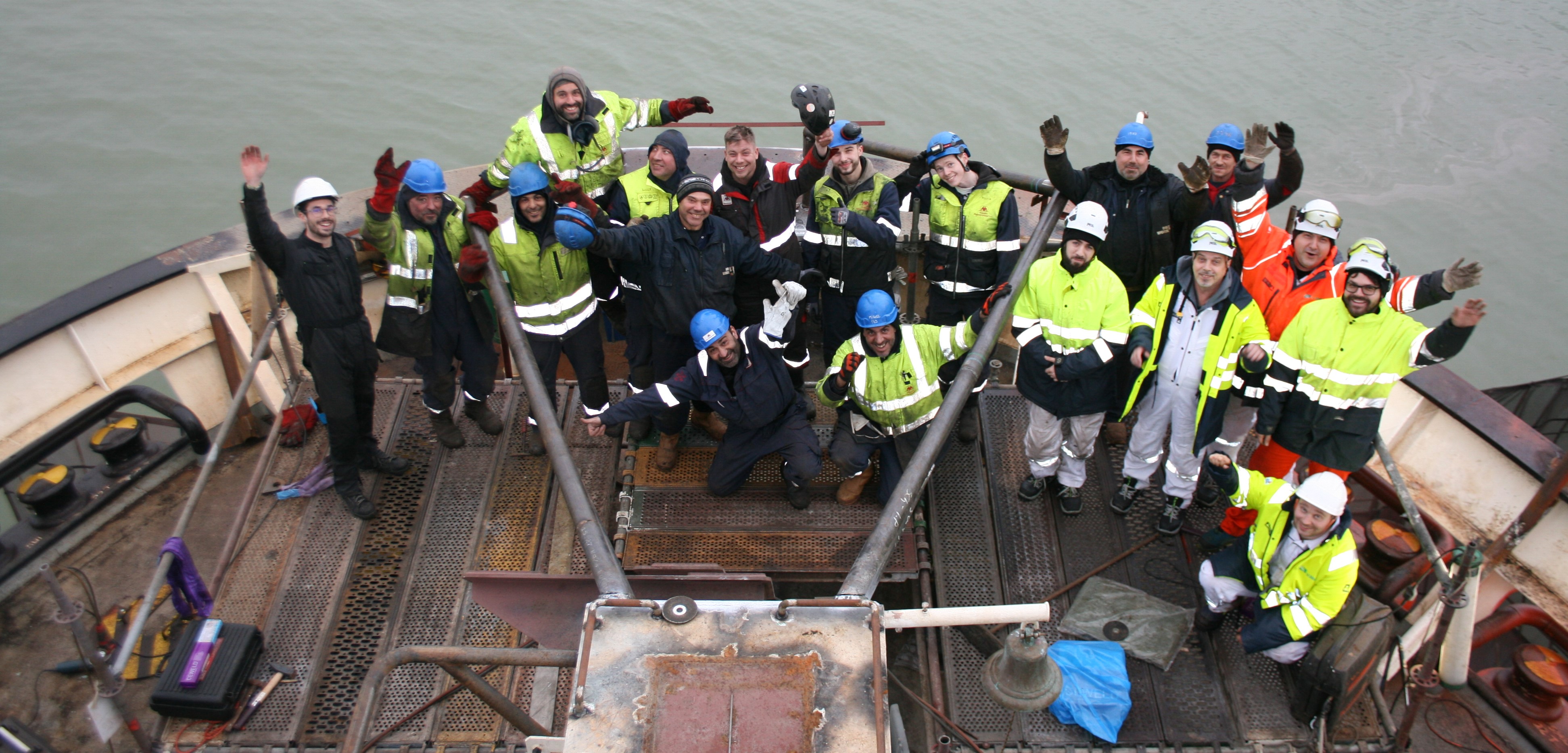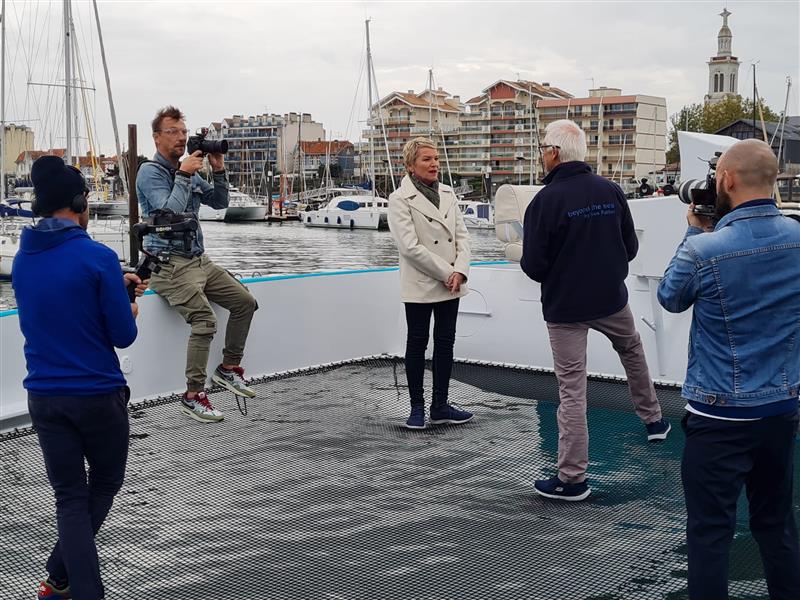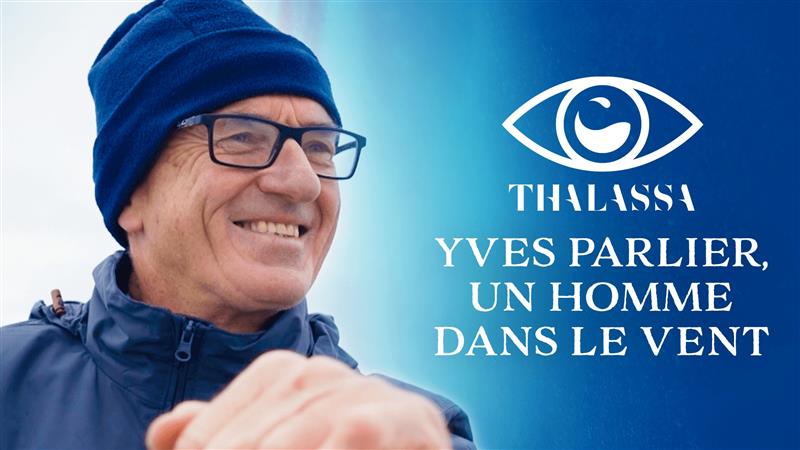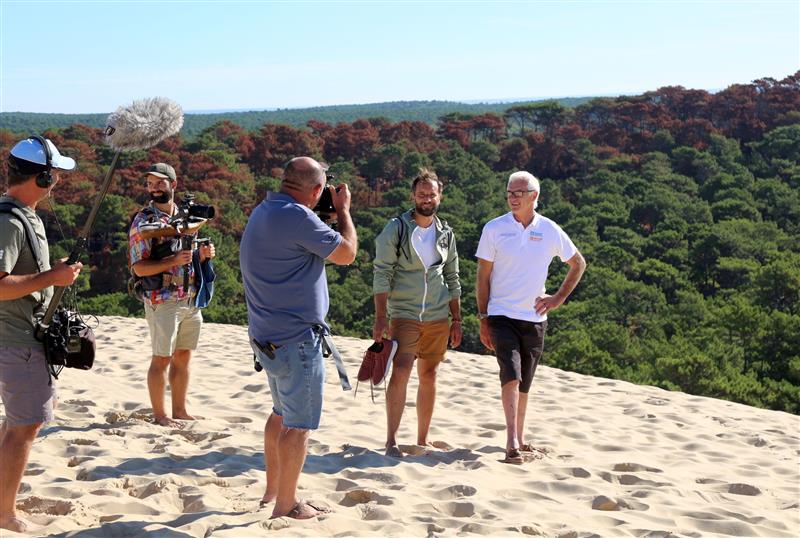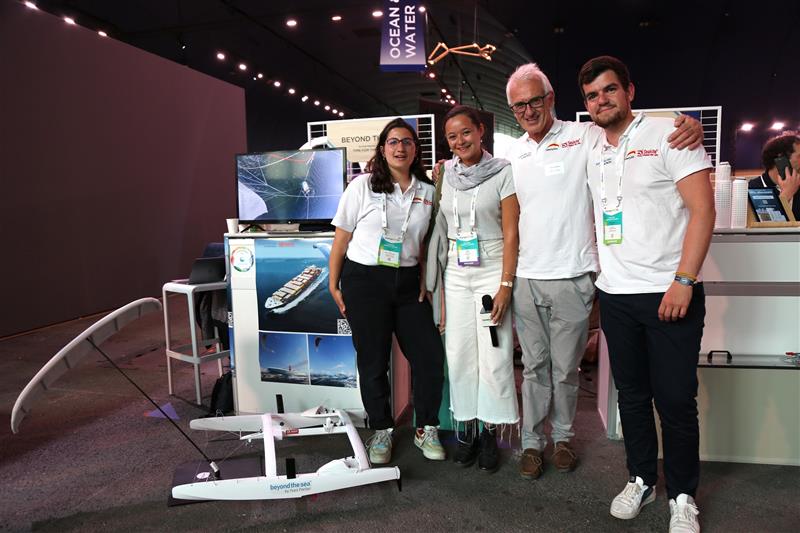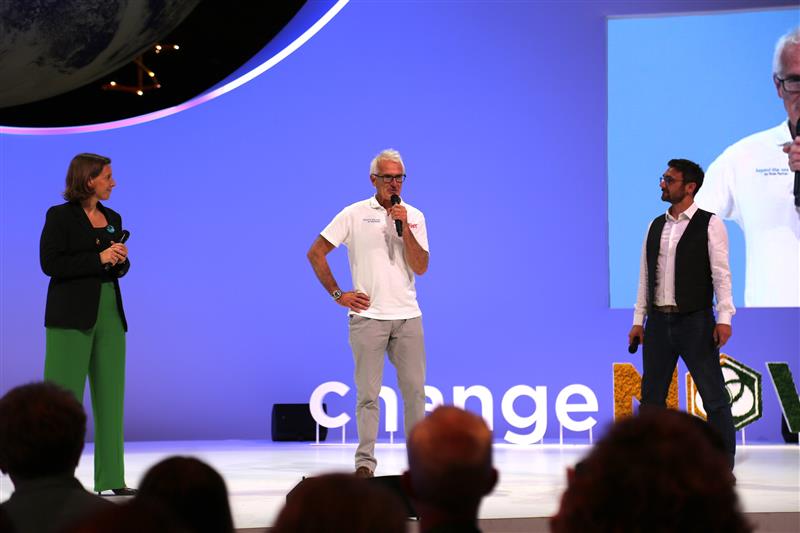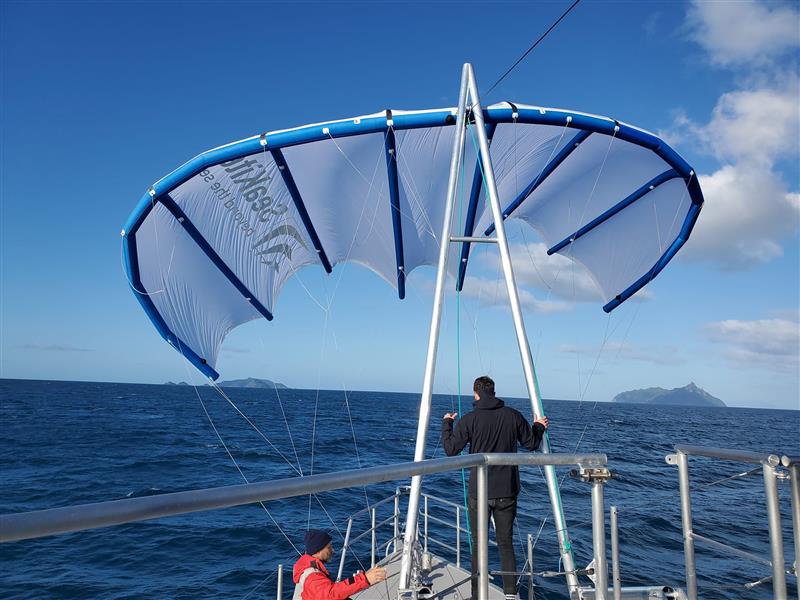« Yves Parlier, qui nous a contacté avec son truc de cerf-volant, c’est le mec qui a mangé des algues pendant 8 jours sur le Vendée Globe 2000 ? »
Nous sommes en mai 2021. Denis, notre cofondateur de TFTP chargé de l’évaluation des innovations, est en train de savourer une petite tasse de camomille. Il doit être entre 23h00 et 23h45, ses horaires habituels de fin de journée, quand il doit finaliser un gros truc avec une deadline pour le jour même (le fameux : « C’est pour quand ? Pour hier ! »)
Tout à coup, une notification sur le système d’information de Team for the Planet arrive à ses oreilles. Le délicieux bruit qui accompagne l’arrivée d’une nouvelle innovation postée ; on est encore aux tous débuts de TFTP, et on est émerveillés de voir que des gens nous envoient des dossiers de candidature par dizaines.
Mais cette fois-ci, un truc, un détail étrange attire l'œil de Denis : « Yves Parlier ». Tiens, un mec qui s’appelle comme le navigateur qui a démâté sur le Vendée Globe, bouffé des algues pendant 8 jours, et réparé son mat avec 3 coquillages et 2 touffes de poils de phoque ?
Hé bien non, ce n’est pas un homonyme, c‘est bien lui. Après avoir conçu l'Imoca le plus rapide du monde, puis le légendaire catamaran hydraplaneur, qu’a-t-il bien pu encore nous inventer ?
Quelques semaines plus tard, après une phase d’évaluation citoyenne couronnée de succès, l’innovation d’Yves Parlier arrive au Comité scientifique. Il s’agit d’une innovation permettant d’équiper n'importe quel bateau de la marine marchande d’un kite piloté automatiquement, dont le rôle est de réduire considérablement la consommation de carburant des navires, et ainsi de réduire fortement leurs émissions de CO₂.
Lors de ce premier Comité scientifique de l’histoire de Team for the Planet, on étudie aussi une autre innovation maritime ultra intéressante : TOWT, dont l’activité consiste à créer des bateaux de transport de marchandises fonctionnant essentiellement avec des voiles.
Bien que les 2 innovations soient impactantes, c’est bien Beyond the Sea®, de Yves Parlier, qui nous séduit le plus, car elle a l'avantage de pouvoir être installée sur des bateaux déjà existants, sans aucune modification de leur capacité de charge (ils peuvent conserver tous leurs conteneurs, par exemple).
Très bien noté par le Comité scientifique, qui insiste néanmoins sur le fait que l’innovation est encore au stade expérimental, Beyond the Sea® arrive donc jusqu’à nous pour passer à l’étape de l’étude de marché.
De loin, on pouvait se dire, avec un petit air détaché et légèrement sarcastique (et avouons-le, on l’a fait aussi) : tsss, encore un truc de Géo Trouvetou, comment voulez-vous qu’un cerf-volant puisse changer le monde et avoir un impact fort dans la lutte contre le changement climatique ?
Pourtant, ce serait mal, très mal comprendre le fonctionnement de notre système économique et industriel.
Souvent, quand on imagine une innovation qui lutte contre les gaz à effet de serre, on pense à une grosse machine avec plein de tuyaux, un truc très high-tech rappelant les centrales à fusion nucléaire. Pourtant, si on lit bien les rapports du GIEC, l’enjeu pour l’humanité n’est pas de trouver comment continuer à produire plus en utilisant moins de ressources, mais tout simplement de réduire encore et encore. Et, pour réduire, ce sont souvent les choses les plus simples qui fonctionnent le mieux. Le vent, le soleil, la gravité sont des forces disponibles que nous devons utiliser massivement.
Alors évidemment, c’est un peu comme quand on achète un terrain pour construire sa maison. Il faut se projeter, imaginer ce que ça donnera, quand tout sera finalisé.
Lorsqu’on a visité pour la première fois les locaux de Beyond the Sea®, tout ce qu’on a pu voir c’est un cerf-volant de 10 m² posé par terre, qui avait été essayé une fois sur une plage tiré par une voiture.
Il y a une grosse marge avec les projections d’un système entièrement automatique permettant de faire voler une voile de 400 à 800 m² au-dessus d’un super tanker.
Bon, on exagère, parce qu'en fait, quand on a ouvert pour la première fois la porte de l’atelier Beyond the Sea®, il y avait plusieurs autres trucs très intéressants :
- une KiteBox, ou plus exactement, un début de tentative de prototype de KiteBox. C'est une boîte dans laquelle est intégré le dispositif de treuils permettant d'envoyer, de récupérer et de piloter le kite à distance. Clairement, on était encore très loin du dispositif réellement automatisé : rien n’était encore prévu pour l’envoi ou la réception, et le vol automatique n’avait encore jamais été réalisé en conditions réelles ;
- une équipe très jeune, mais très motivée, autour d’une légende de la course au large.
Cette première visite chez Beyond the Sea®, nous l’avons faite dans le cadre de la « due dil »
- la quoi ?
- la Diew dil
- la quoi ?
La « diou dill », bordel !
La due dil (ou due diligence), ce sont les démarches qu’on effectue pour vérifier la pertinence économique, administrative, juridique et financière d’un investissement. En gros, une fois qu’on a considéré que l'innovation était pertinente d'un point de vue « CO₂ évité », on s’assure qu’on a de vraies chances de pouvoir en faire une entreprise avec un modèle économique pérenne.

